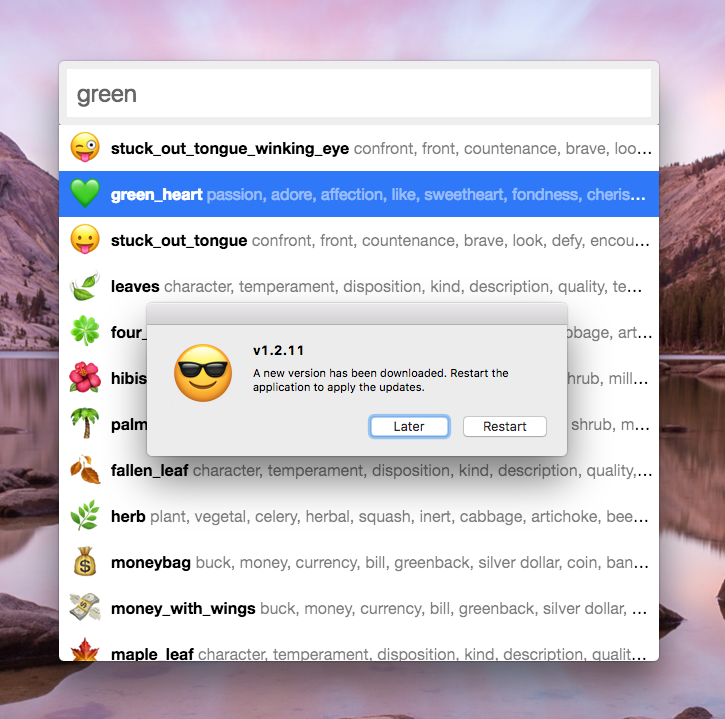WebPreferences Vulnerability Fix
A remote code execution vulnerability has been discovered affecting apps with the ability to open nested child windows on Electron versions (3.0.0-beta.6, 2.0.7, 1.8.7, and 1.7.15). This vulnerability has been assigned the CVE identifier CVE-2018-15685.
Affected Platforms
You are impacted if:
- You embed any remote user content, even in a sandbox
- You accept user input with any XSS vulnerabilities
Details
You are impacted if any user code runs inside an iframe / can create an iframe. Given the possibility of an XSS vulnerability it can be assumed that most apps are vulnerable to this case.
You are also impacted if you open any of your windows with the nativeWindowOpen: true or sandbox: true option. Although this vulnerability also requires an XSS vulnerability to exist in your app, you should still apply one of the mitigations below if you use either of these options.
Mitigation
We've published new versions of Electron which include fixes for this vulnerability: 3.0.0-beta.7, 2.0.8, 1.8.8, and 1.7.16. We urge all Electron developers to update their apps to the latest stable version immediately.
If for some reason you are unable to upgrade your Electron version, you can protect your app by blanket-calling event.preventDefault() on the new-window event for all webContents'. If you don't use window.open or any child windows at all then this is also a valid mitigation for your app.
mainWindow.webContents.on('new-window', (e) => e.preventDefault());
If you rely on the ability of your child windows to make grandchild windows, then a third mitigation strategy is to use the following code on your top level window:
const enforceInheritance = (topWebContents) => {
const handle = (webContents) => {
webContents.on(
'new-window',
(event, url, frameName, disposition, options) => {
if (!options.webPreferences) {
options.webPreferences = {};
}
Object.assign(
options.webPreferences,
topWebContents.getLastWebPreferences(),
);
if (options.webContents) {
handle(options.webContents);
}
},
);
};
handle(topWebContents);
};
enforceInheritance(mainWindow.webContents);
This code will manually enforce that the top level windows webPreferences is manually applied to all child windows infinitely deep.
Further Information
This vulnerability was found and reported responsibly to the Electron project by Matt Austin of Contrast Security.
To learn more about best practices for keeping your Electron apps secure, see our security tutorial.
Please file a GitHub Security Advisory if you wish to report a vulnerability in Electron.










